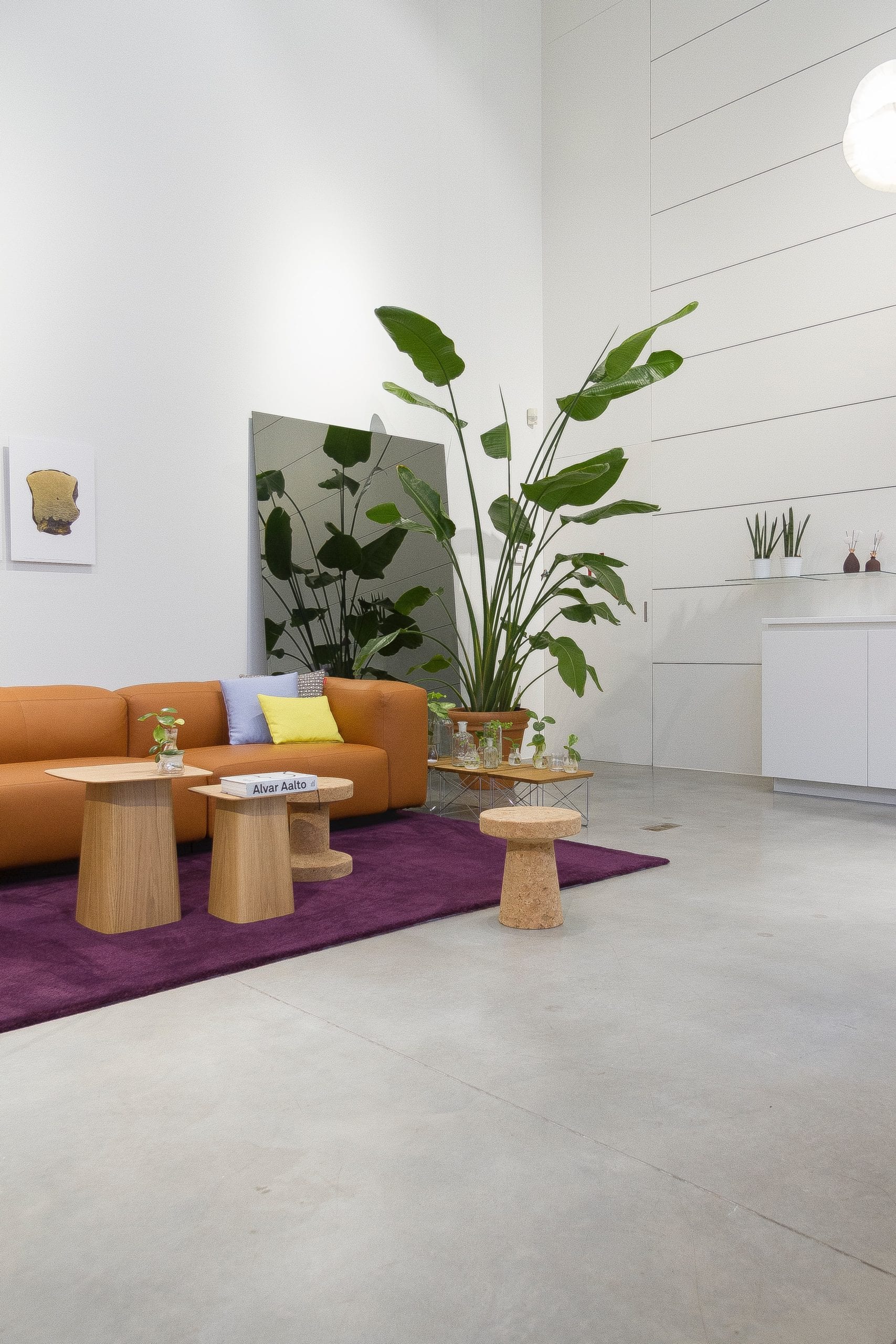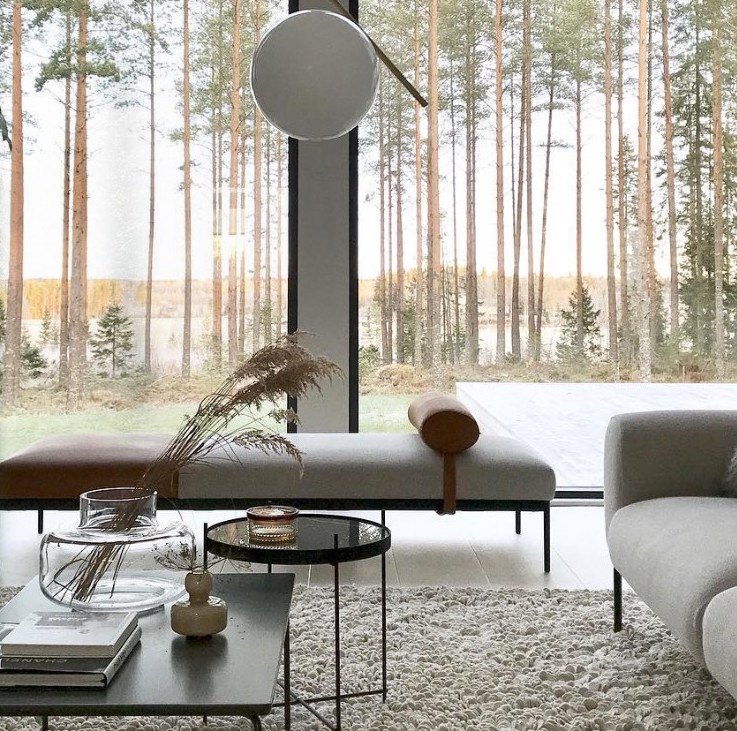Contemporary interiors are increasingly inspired by biophilia in their approach to design. Biophilia hypothesis suggests that humans possess a natural tendency to seek connections with nature and any kind of life form. By definition interior designers use human-centered approaches to shape interiors by promoting health, safety and well-being. By using plants and flowers, interior designers connect humans with nature and therefore improve their overall well-being. Today, the majority of people spend 80% to 90% of their time indoors, living between their homes and workplaces. With this evolution in humans’ habits we developed another kind of relationship with nature and are more and more willing to embrace it and include nature in our day to day life. As interior designers embrace biophilia, they create spaces that reduce stress and nervosity while improving creativity. These rooms and spaces connecting us to nature have been proved to be a great way to boost our productivity and general well-being which is significant in our increasingly urbanized cities and way of life.
Thus, biophilic designs go beyond just aesthetics; they produce real benefits for humans backed by science. There is a real need especially in offices where stress and anxiety negatively impact employees and their performance. Embracing biophilic interior designs can improve people welfare, and has financial benefits.


